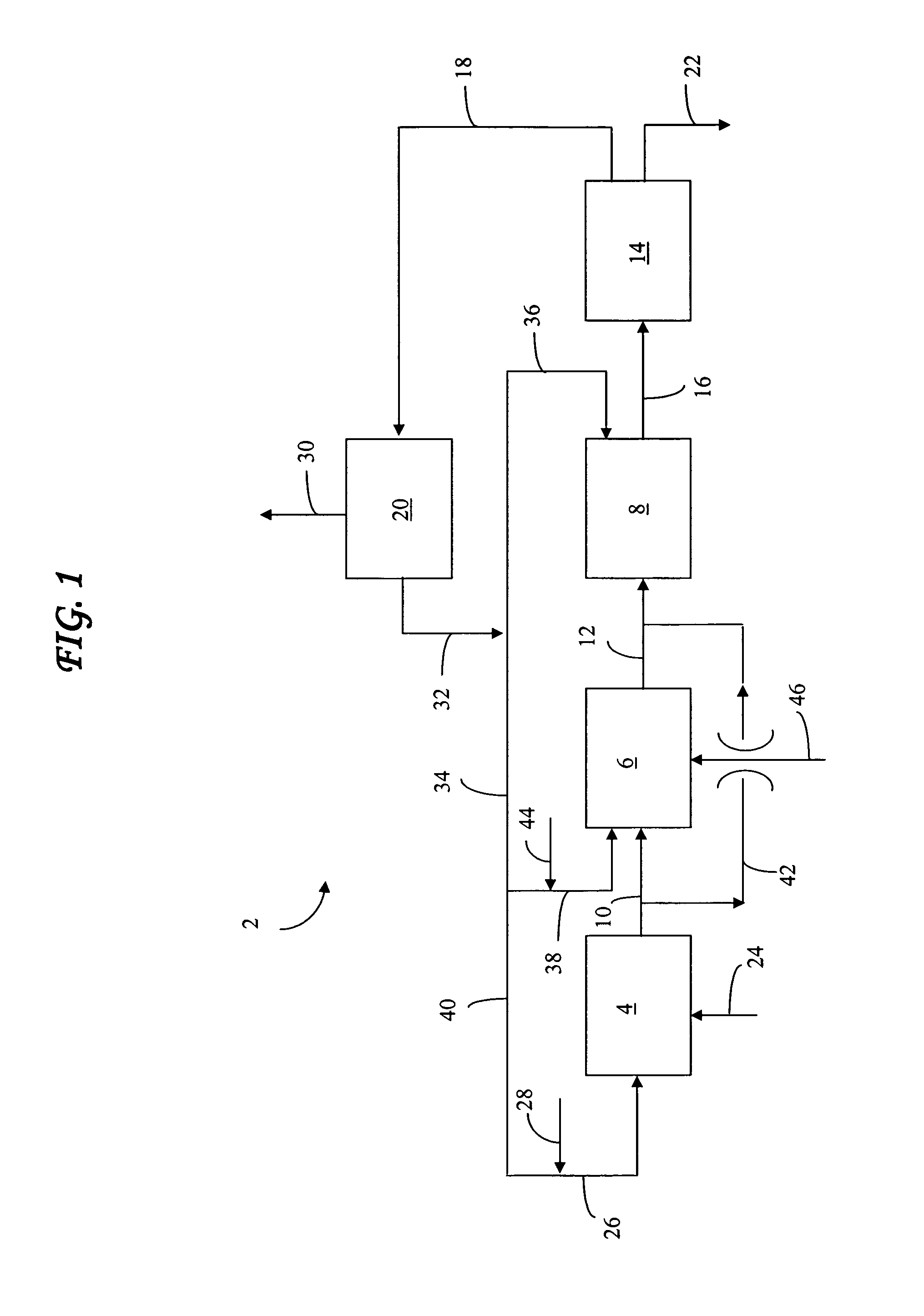Polymer blends and pellets and methods of producing same
a technology of polymer blends and pellets, applied in the field of pellets, can solve the problems of reduced storage and handling problems of pellets produced from polymer blends, and achieve the effects of reducing storage and handling problems, high crystallization, and rapid hardening and crystallization
- Summary
- Abstract
- Description
- Claims
- Application Information
AI Technical Summary
Benefits of technology
Problems solved by technology
Method used
Image
Examples
Embodiment Construction
[0019]This disclosure relates to blends of at least two polymers that exhibit beneficial performance characteristics. At least one of the polymers of the blend is a low crystallinity polymer incorporating propylene-derived units. Such polymers may be produced by copolymerizing propylene with other alpha-olefins such as ethylene, butene, hexene, and higher alpha olefins. However, it is possible to produce such polymers that are propylene homopolymers through controlled disruption of the crystallinity of the polymer backbone through the use of certain catalyst systems and polymerization conditions.
[0020]For purposes of this disclosure, a polymer including propylene-derived units and exhibiting low crystallinity shall mean a polymer incorporating at least 75 wt. % of propylene-derived units wherein the propylene-derived units have an isotactic triad fraction of about 65% to about 99% and wherein the polymer has a heat of fusion of less than 75 J / g. The heat of fusion and isotactic tria...
PUM
| Property | Measurement | Unit |
|---|---|---|
| melting temperature | aaaaa | aaaaa |
| wt. % | aaaaa | aaaaa |
| wt. % | aaaaa | aaaaa |
Abstract
Description
Claims
Application Information
 Login to View More
Login to View More - R&D
- Intellectual Property
- Life Sciences
- Materials
- Tech Scout
- Unparalleled Data Quality
- Higher Quality Content
- 60% Fewer Hallucinations
Browse by: Latest US Patents, China's latest patents, Technical Efficacy Thesaurus, Application Domain, Technology Topic, Popular Technical Reports.
© 2025 PatSnap. All rights reserved.Legal|Privacy policy|Modern Slavery Act Transparency Statement|Sitemap|About US| Contact US: help@patsnap.com



